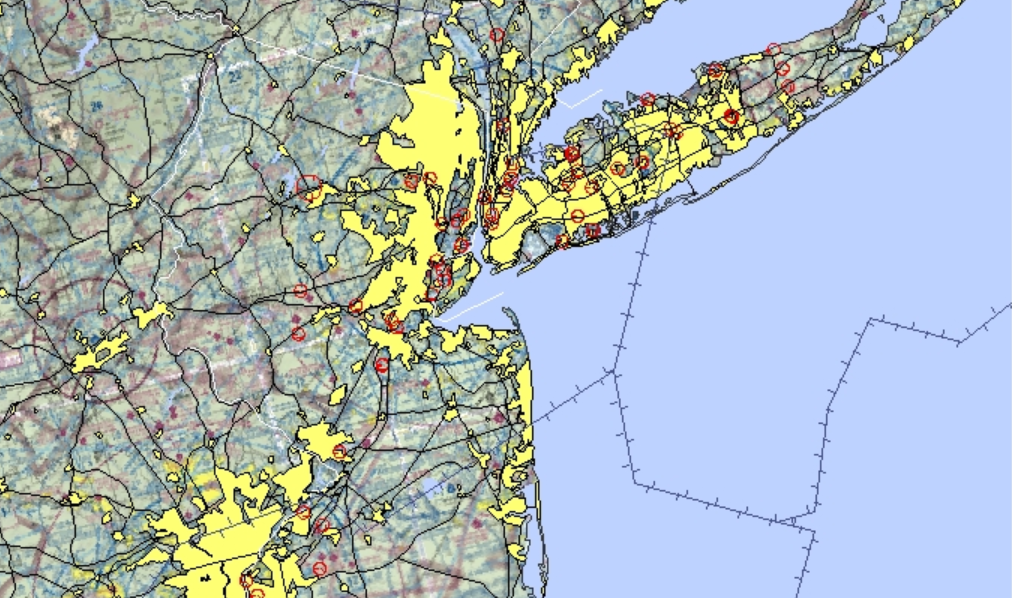
Civil Air Patrol members prepare for a flight.
The Civil Air Patrol has been tapped to participate in a major homeland security and disaster response exercise starting on May 16 that will test emergency responders’ ability to handle a massive earthquake in America’s heartland along the seismic-sensitive New Madrid fault.
“CAP is a nationwide organization with a tremendous amount of resources it can provide to the nation in a disaster, no matter how large,” said Col. James Rushing, CAP’s Southeast Region commander, who is the senior agency liaison for this year’s four-day exercise called Ardent Sentry. He performed a similar job during the Deepwater Horizon oil spill response in the Gulf of Mexico in 2010.
The exercise will include a number of federal, state and local agencies and a large contingent of CAP members. As many as 36 CAP airplanes and aircrews will participate in the drill, said Rushing, including members from six wings — Illinois, Indiana, Missouri, Arkansas, Tennessee and Kentucky — from four CAP regions. The New Madrid plan also includes support from the Alabama, Georgia, Iowa, Louisiana, Nebraska, North Carolina, Ohio, South Carolina and Texas wings.
“CAP has 550 aerial reconnaissance and transportation aircraft and almost a thousand vehicles that are ideally suited for this type of mission,” Rushing said. “In addition, the organization has hundreds of highly trained aircrews, ground team members and emergency operations personnel who are fully qualified in the same National Incident Management System training that federal, state and local officials require.”
CAP is standing by with a nationwide communications network of HF and VHF interoperable radios, which will involve emergency responders in six states testing the National New Madrid Fault Response Plan. “These communications assets are ideal on a disaster scenario like an earthquake or hurricane because they are infrastructure-independent, which means they do not rely on cell towers or a satellite network that can easily get overloaded,” Rushing noted.
Though not typically associated with major earthquakes, the New Madrid fault is home to one of the nation’s more active seismic zones, stretching 150 miles across Illinois, Missouri, Arkansas, Tennessee and Kentucky. Earthquakes there can also affect Mississippi and Indiana. The region’s last massive quakes, ranging from magnitude 7.0 to 8.6, hit in 1811 and 1812, carving new geographical features in the region.
On the 200th anniversary of those quakes, the concern is that the area along the New Madrid fault, now far more populated and developed, may be unprepared.
CAP’s primary role in Ardent Sentry will be providing aerial reconnaissance for photography and assessment of damage and conditions on the ground. “To work through a scenario like this gives us a better feel for what we really need to do when the real event happens,” Rushing said.

Sign-up for newsletters & special offers!
Get the latest FLYING stories & special offers delivered directly to your inbox






